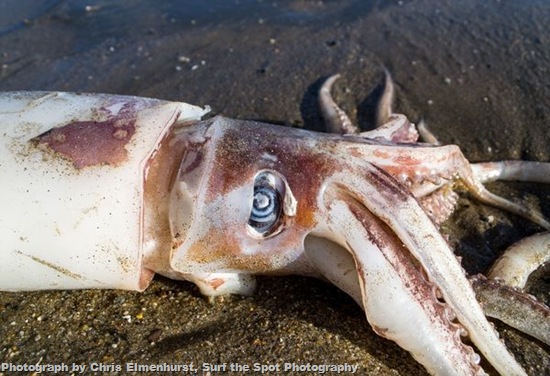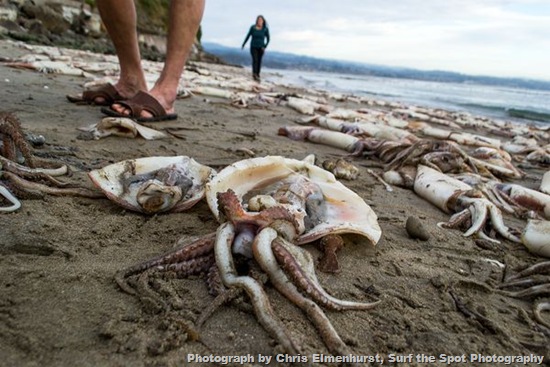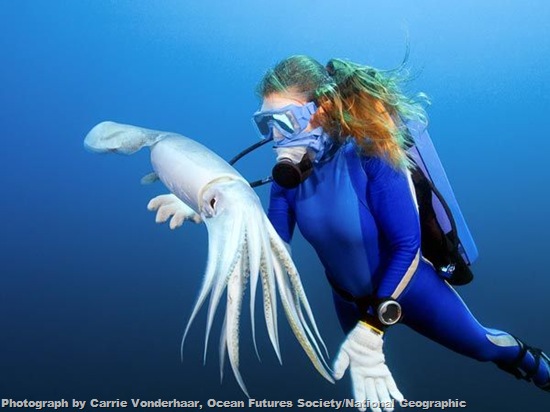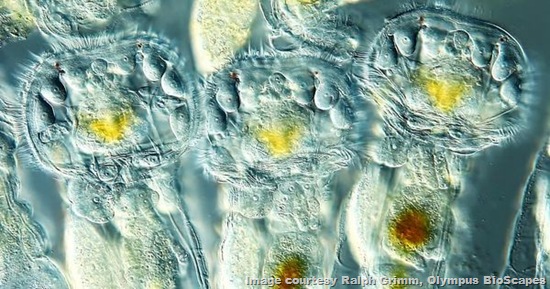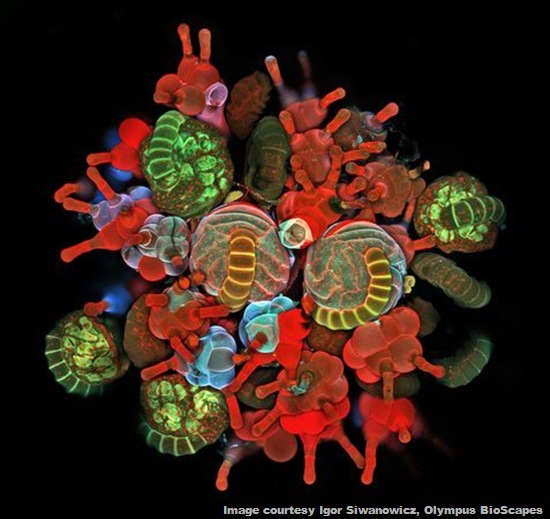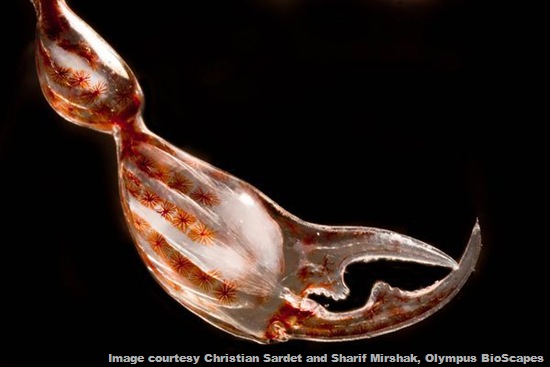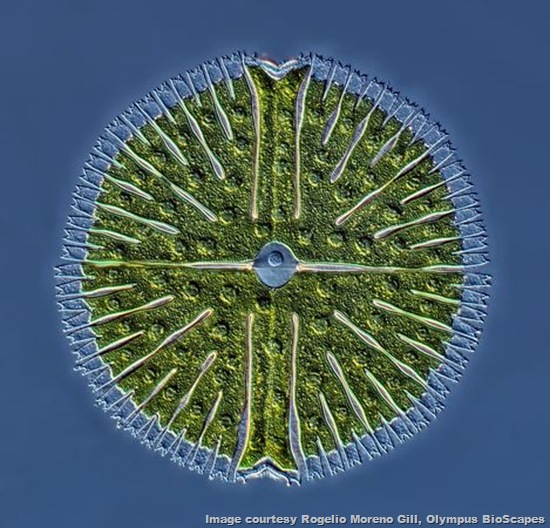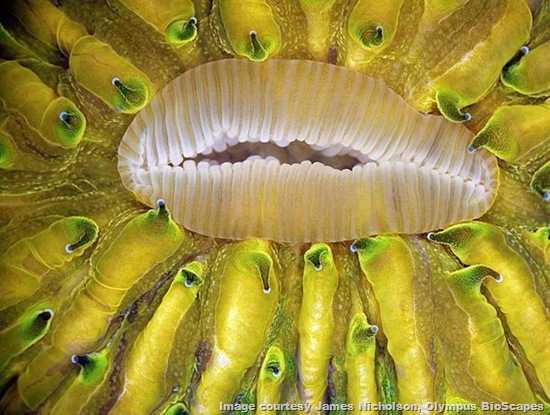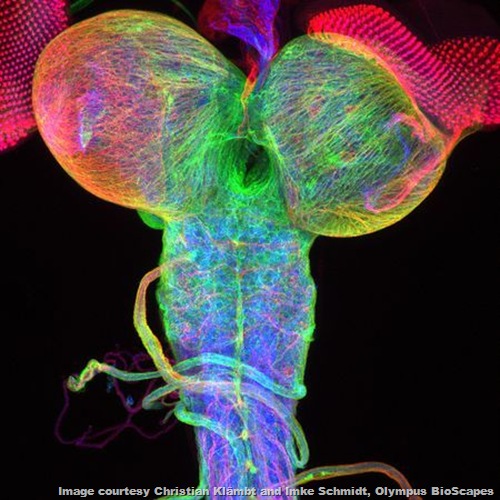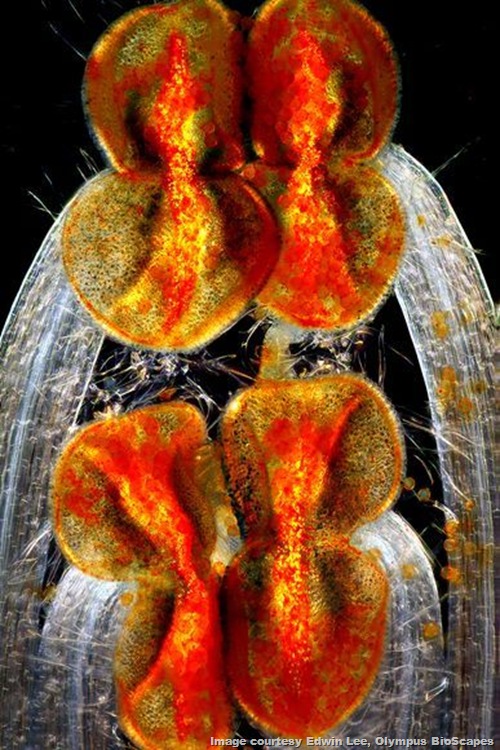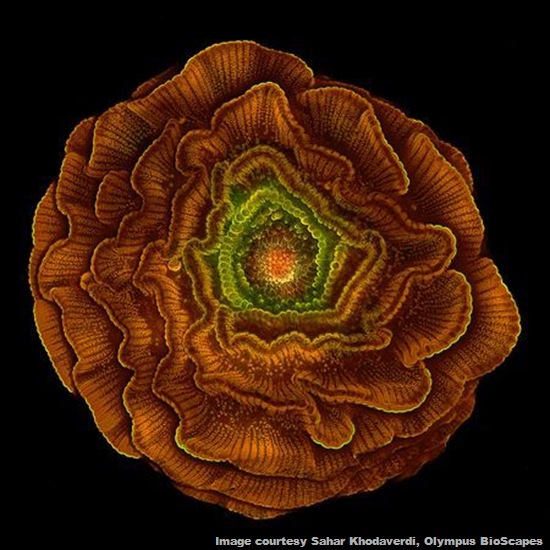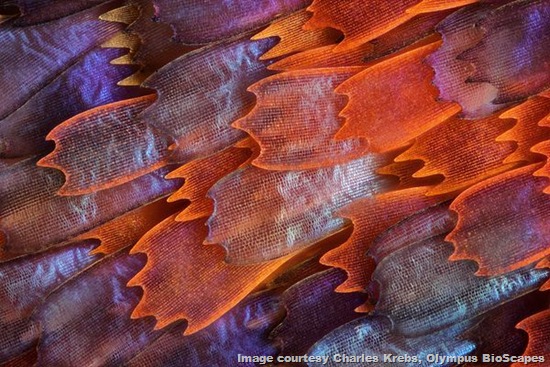Seorang model bernama Emily memakai prototaip reka bentuk untuk bertambah gelas realiti Google. KREDIT: Google | Projek KACA (A model named Emily wears a design prototype for Google's augmented reality glasses. CREDIT: Google | Project Glass)
Impian Google Cermin Mata KACA Pintar
By think IN PICTURE's | Google Glass 29 December 2012
Google membuat percikan tahun
ini dengan sesuatu yang di luar Web: gelas skrin lengkap bertambah realiti
dengan menunjukkan maklumat kontekstual seperti cuaca dan peta. Anda boleh
menggunakan arahan suara untuk mencari Internet, menangkap video dan berkongsi
pengalaman anda. Produk masih tidak tersedia kepada orang awam, jadi
mengharapkan Kaca Google untuk menjadi satu perkataan yang besar tahun depan,
juga.
Google Dreams Up a Spectacle of Smart Glasses. Google made a splash this year with something beyond the Web: Its screen-equipped glasses augmented reality by showing contextual information such as weather and maps. You could use voice commands to search the Internet, capture video and share your experiences. The product still isn't available to the public, so expect Google Glass to be a big word next year, too.
Google nampak kebosanan semua orang merenung skrin telefon pintar mereka setiap masa mereka duduk, berjalan atau memandu. Ia telah secara rasmi mengumumkan visinya untuk gelas yang meletakkan semua ciri-ciri yang mudah hak telefon pintar di hadapan mata pemakai.
Tiada produk sebenar lagi, tetapi jurutera Google berkongsi kemungkinan untuk teknologi itu dalam video baru mengenai "Projek KACA" laman web mereka. Video berikut hari khayalan muda New York City bermastautin kerana dia mendapat peringatan kalendar untuk bertemu-janji dengan seorang gadis, menerima langkah-demi-langkah arahan Google Maps untuk memenuhi rakan-rakan, dan bercakap arahan suara untuk gelas Google untuk berkongsi gambar dengan talian beliau bulatan sosial atau untuk jadual bertemu-janji.
"Kami berkongsi maklumat ini kerana sekarang kita mahu untuk memulakan perbualan dan belajar dari input anda. Jadi kami mengambil gambar-gambar beberapa reka bentuk untuk menunjukkan apa teknologi ini boleh kelihatan sepertinya dan mencipta video untuk menunjukkan apa yang ia mungkin membolehkan anda untuk melakukanny, "sebagaimana pasukan Google menerangkan.
Google seems tired of everyone staring at their smartphone screens all the time as they sit, walk or drive. It has officially unveiled its vision for glasses that put all the convenient features of a smartphone right in front of the wearer's eyes.
There's no actual product just yet, but Google engineers shared the possibilities for such technology in a new video on their "Project Glass" website. The video follows the imaginary day of a young New York City resident as he gets calendar reminders to meet a girl, receives step-by-step Google Maps directions to meet a friend, and speaks voice commands to his Google glasses to share photos with his online social circle or to schedule a meet-up.
"We're sharing this information now because we want to start a conversation and learn from your valuable input. So we took a few design photos to show what this technology could look like and created a video to demonstrate what it might enable you to do," the Google team explains.
Google Dreams Up a Spectacle of Smart Glasses. Google made a splash this year with something beyond the Web: Its screen-equipped glasses augmented reality by showing contextual information such as weather and maps. You could use voice commands to search the Internet, capture video and share your experiences. The product still isn't available to the public, so expect Google Glass to be a big word next year, too.
Google nampak kebosanan semua orang merenung skrin telefon pintar mereka setiap masa mereka duduk, berjalan atau memandu. Ia telah secara rasmi mengumumkan visinya untuk gelas yang meletakkan semua ciri-ciri yang mudah hak telefon pintar di hadapan mata pemakai.
Tiada produk sebenar lagi, tetapi jurutera Google berkongsi kemungkinan untuk teknologi itu dalam video baru mengenai "Projek KACA" laman web mereka. Video berikut hari khayalan muda New York City bermastautin kerana dia mendapat peringatan kalendar untuk bertemu-janji dengan seorang gadis, menerima langkah-demi-langkah arahan Google Maps untuk memenuhi rakan-rakan, dan bercakap arahan suara untuk gelas Google untuk berkongsi gambar dengan talian beliau bulatan sosial atau untuk jadual bertemu-janji.
"Kami berkongsi maklumat ini kerana sekarang kita mahu untuk memulakan perbualan dan belajar dari input anda. Jadi kami mengambil gambar-gambar beberapa reka bentuk untuk menunjukkan apa teknologi ini boleh kelihatan sepertinya dan mencipta video untuk menunjukkan apa yang ia mungkin membolehkan anda untuk melakukanny, "sebagaimana pasukan Google menerangkan.
Google seems tired of everyone staring at their smartphone screens all the time as they sit, walk or drive. It has officially unveiled its vision for glasses that put all the convenient features of a smartphone right in front of the wearer's eyes.
There's no actual product just yet, but Google engineers shared the possibilities for such technology in a new video on their "Project Glass" website. The video follows the imaginary day of a young New York City resident as he gets calendar reminders to meet a girl, receives step-by-step Google Maps directions to meet a friend, and speaks voice commands to his Google glasses to share photos with his online social circle or to schedule a meet-up.
"We're sharing this information now because we want to start a conversation and learn from your valuable input. So we took a few design photos to show what this technology could look like and created a video to demonstrate what it might enable you to do," the Google team explains.
Model Lyndon dan Monica memakai prototaip reka bentuk bertambah gelas realiti Google. KREDIT: Google | Projek KACA (Models Lyndon and Monica wear a design prototype of Google's augmented reality glasses. CREDIT: Google | Project Glass)
Wawasan Google termasuk
beberapa konsep bertambah-realiti untuk bagaimana gelas boleh menyampaikan
maklumat-maklumat tentang apa pemakainya melihat. Pemakai cermin mata Google
dalam video mendapat cek suhu dan cuaca diramalkan hanya dengan melihat keluar
tingkap, dan dia menerima amaran automatik tentang garis subway tertutup ketika
dia menghampiri pintu masuk. (Pemakai sebenar mungkin menghargai amaran itu
lebih jika mereka telah dikeluarkan sebelum pemakainya mengambil masalah untuk
berjalan kaki ke kereta bawah tanah).
Khayalan pemakainya gelas juga mengesahkan status hipster beliau dengan gelas meminta untuk mencari yang seksyen muzik di dalam Strand terkenal (famous Strand Book Store) di bandar ini. Tempah Store membeli sebuah buku tentang bermain gitar kecil itu dan kemudian bermain untuk gadis semasa sembang video (video chat) yang hidup di atas atas bumbung New York pada waktu matahari terbenam.
Google's vision includes some augmented-reality concepts for how the glasses could present information about what the wearer sees. The Google glasses wearer in the video gets a temperature check and weather forecast just by looking out the window, and he receives an automatic alert about a closed subway line as he approaches the entrance. (Actual wearers might appreciate such alerts more if they were issued before the wearer took the trouble to walk to the subway.)
The imaginary glasses wearer also confirms his hipster status by asking the glasses to find the music section inside the city's famous Strand Book Store, buying a book about playing the ukulele and then playing it for his girl during a live video chat on top of a New York City rooftop at sunset.
Khayalan pemakainya gelas juga mengesahkan status hipster beliau dengan gelas meminta untuk mencari yang seksyen muzik di dalam Strand terkenal (famous Strand Book Store) di bandar ini. Tempah Store membeli sebuah buku tentang bermain gitar kecil itu dan kemudian bermain untuk gadis semasa sembang video (video chat) yang hidup di atas atas bumbung New York pada waktu matahari terbenam.
Google's vision includes some augmented-reality concepts for how the glasses could present information about what the wearer sees. The Google glasses wearer in the video gets a temperature check and weather forecast just by looking out the window, and he receives an automatic alert about a closed subway line as he approaches the entrance. (Actual wearers might appreciate such alerts more if they were issued before the wearer took the trouble to walk to the subway.)
The imaginary glasses wearer also confirms his hipster status by asking the glasses to find the music section inside the city's famous Strand Book Store, buying a book about playing the ukulele and then playing it for his girl during a live video chat on top of a New York City rooftop at sunset.
Reka bentuk semasa Google untuk
meningkatkan kehidupan bingkai mempunyai paparan nipis berkumpul di hadapan
mata kanan; ia seolah-olah menggabungkan perasaan futuristik dengan gaya bandar
bergaya. Tetapi jika Google boleh meletakkan teknologi itu di dalam gelas biasa
walaupun orang tanpa keperluan untuk pembetulan penglihatan mungkin mencari
sebab untuk memakainya.
Google's current design for such life-enhancing frames features a thin banded display in front of the right eye; it seems to combine a futuristic sensibility with an urban chic style. But if Google can put such technology inside even ordinary glasses, people without the need for eyesight correction might find a reason to wear them.
Google's current design for such life-enhancing frames features a thin banded display in front of the right eye; it seems to combine a futuristic sensibility with an urban chic style. But if Google can put such technology inside even ordinary glasses, people without the need for eyesight correction might find a reason to wear them.
Reka bentuk semasa Google untuk
meningkatkan kehidupan bingkai mempunyai paparan nipis berkumpul di hadapan
mata kanan; ia seolah-olah menggabungkan perasaan futuristik dengan gaya bandar
bergaya. Tetapi jika Google boleh meletakkan teknologi itu di dalam gelas biasa
walaupun orang tanpa keperluan untuk pembetulan penglihatan mungkin mencari
sebab untuk memakainya.
Google's current design for such life-enhancing frames features a thin banded display in front of the right eye; it seems to combine a futuristic sensibility with an urban chic style. But if Google can put such technology inside even ordinary glasses, people without the need for eyesight correction might find a reason to wear them.
Google's current design for such life-enhancing frames features a thin banded display in front of the right eye; it seems to combine a futuristic sensibility with an urban chic style. But if Google can put such technology inside even ordinary glasses, people without the need for eyesight correction might find a reason to wear them.
Pembaca novel Accelerando
Charles Stross 'akan menantikan Kaca Google - kemasukan Internet menjadi
realiti tambahan. Dalam novel, "usaha altruis" Manfred Macx membawa
data dan kenangan dalam sepasang cermin mata yang disambungkan ke Internet.
Kaca Google membolehkan pemakainya untuk mengakses data, Internet dan menangkap
lansung (capture life via) melalui kamera digital yang dipasang di
kepala. Memori akan terpaksa menunggu.
Readers of Charles Stross' novel Accelerando would have eagerly anticipated Google Glasses - the Internet giant's foray into augmented reality. In the novel, "venture altruist" Manfred Macx carries his data and his memories in a pair of glasses connected to the Internet. Google Glasses allow the wearer to access data, the Internet and capture life via a head-mounted digital camera. Memories will have to wait.
Readers of Charles Stross' novel Accelerando would have eagerly anticipated Google Glasses - the Internet giant's foray into augmented reality. In the novel, "venture altruist" Manfred Macx carries his data and his memories in a pair of glasses connected to the Internet. Google Glasses allow the wearer to access data, the Internet and capture life via a head-mounted digital camera. Memories will have to wait.
MAKHLUK dengan CIRI Amat PELIK (The CREATURES WITH INCREDIBLY STRANGE CHARACTERISTICS (PHOTOS, VIDEOS)
Alam haiwan dipenuhi dengan ciri-ciri banyak tingkah laku dan pelik.
Sesetengah sifat-sifat pelik, seperti peluh darah badak air ',' boleh
dijelaskan oleh adaptasi, manakala punca ciri-ciri haiwan lain pelik kekal
lebih misteri. ‘Check out’ di bawah untuk melihat 9 makhluk dengan beberapa
ciri-ciri haiwan yang paling pelik di planet ini.
The animal kingdom is filled with many strange characteristics and behaviours. Some peculiar attributes, like the hippopotamus' 'blood sweat,' can be explained by adaption, while the causes of other bizarre animal traits remain more of a mystery. Check out below to see 9 creatures with some of the most bizarre animal traits on the planet.
The animal kingdom is filled with many strange characteristics and behaviours. Some peculiar attributes, like the hippopotamus' 'blood sweat,' can be explained by adaption, while the causes of other bizarre animal traits remain more of a mystery. Check out below to see 9 creatures with some of the most bizarre animal traits on the planet.
Naga Laut Berdaun (Leafy Sea Dragon)

Naga laut ini hidup sehingga ke
namanya. Berkait rapat dengan kuda laut yang naga laut berdaun adalah sama
dalam bentuk dan saiz kepada kediaman makhluk laut dengan satu pengecualian -
naga laut diliputi dalam appendages berdaun yang bertindak sebagai penyamaran.
Dengan anggota ini berbentuk daun kuning dan coklat, naga laut berkesan boleh
campuran ke dalam habitat semulajadi rumpai laut dan pembentukan rumpai laut di
luar pantai Australia.
This sea dragon lives up to its name. Closely related to the seahorse, the leafy sea dragon is similar in shape and size to the sea-dwelling creature with one exception - the sea dragon is covered in leafy appendages that act as camouflage. With these yellow and brown leaf-shaped limbs, the sea dragon can effectively blend into its natural habitat of seaweed and kelp formations off the coast of Australia.
This sea dragon lives up to its name. Closely related to the seahorse, the leafy sea dragon is similar in shape and size to the sea-dwelling creature with one exception - the sea dragon is covered in leafy appendages that act as camouflage. With these yellow and brown leaf-shaped limbs, the sea dragon can effectively blend into its natural habitat of seaweed and kelp formations off the coast of Australia.
Cicak bertanduk (Horned Lizard)
Juga dipanggil kodok bertanduk,
reptilia ini mempunyai mekanisme pertahanan yang luar biasa - ia squirts darah
dari matanya. Apabila cicak itu menghadapi pemangsa, duktus di sudut mata
menghasilkan darah, yang membengkak sehingga ia mencapai tekanan maksimum dan
aliran dari mata. Walaupun aliran darah - yang boleh mencapai sasaran sehingga
3 kaki jauhnya - bertujuan untuk mengelirukan pemangsa, ia juga beracun kepada
haiwan tertentu, seperti coyotes.
Also called a horned toad, this reptile has an unusual defense mechanism - it squirts blood from its eyes. When the lizard encounters a predator, a duct in the corner of the eye produces blood, which swells up until it reaches maximum pressure and streams from the eye. Although the stream of blood - which can hit a target up to three feet away - is meant to confuse predators, it is also poisonous to certain animals, such as coyotes.
Also called a horned toad, this reptile has an unusual defense mechanism - it squirts blood from its eyes. When the lizard encounters a predator, a duct in the corner of the eye produces blood, which swells up until it reaches maximum pressure and streams from the eye. Although the stream of blood - which can hit a target up to three feet away - is meant to confuse predators, it is also poisonous to certain animals, such as coyotes.
K a r a k u l . . .
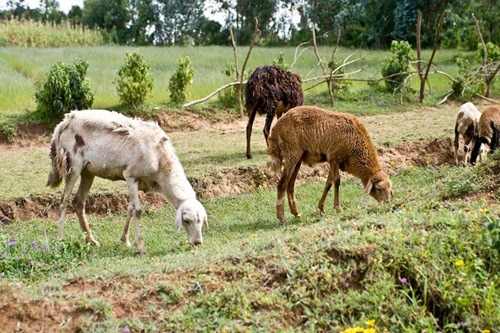
Biri-biri tempatan ini
mempunyai keupayaan untuk menyimpan lemak di ekornya apabila makanan adalah
terhad. Dikenali untuk keupayaan untuk menyesuaikan diri dan terus hidup
melalui keadaan yang sukar, biri-biri mengandungi karung pada separuh bahagian
atas ekor yang mula mengisi dengan lemak sejurus selepas kelahiran. Karakul
adalah dianggap sebagai salah satu jenis tertua domba domestik, walaupun ia
jarang ditemui di Amerika Syarikat dan Kanada.
This domestic sheep has the ability to store fat in its tail when food is scarce. Known for its ability to adapt and survive through tough conditions, the sheep contains a sack in the upper half of its tail that begins filling up with fat shortly after birth. The Karakul is thought to be one of the oldest types of domestic sheep, though it is rarely found in the U.S. and Canada.
This domestic sheep has the ability to store fat in its tail when food is scarce. Known for its ability to adapt and survive through tough conditions, the sheep contains a sack in the upper half of its tail that begins filling up with fat shortly after birth. The Karakul is thought to be one of the oldest types of domestic sheep, though it is rarely found in the U.S. and Canada.
Udang Pistol (Pistol Shrimp)
Sejenis Udang dalam keluarga
Alpheidae, juga dipanggil udang pistol atau udang menyentap, mempunyai kuku
besar bahawa ia menggunakan kejutan mangsanya. Tidak seperti penyepit ketam
tradisional, lampiran udang mengandungi dua bahagian yang saling bukannya pengapit.
Apabila bahagian Ketapkan ditutup, thepressure membina-up keputusan dalam
letupan gelembung yang boleh memanaskan udara terperangkap kira-kira suhu
matahari. Dikunci dan dimuatkan, udang pistol mempunyai keupayaan untuk segera
ketukan keluar hidupan marin yang lain.
A shrimp in the Alpheidae family, also called pistol shrimp or snapping shrimp, has a large claw that it uses to shock its prey. Unlike a traditional crab claw, the shrimp's appendage contains two interlocking parts instead of pinchers. When the parts snap shut, the pressure build-up results in a blast of bubbles that can heat the trapped air roughly to the temperature of the sun. Locked and loaded, the pistol shrimp has the ability to instantly knock out other marine life.
A shrimp in the Alpheidae family, also called pistol shrimp or snapping shrimp, has a large claw that it uses to shock its prey. Unlike a traditional crab claw, the shrimp's appendage contains two interlocking parts instead of pinchers. When the parts snap shut, the pressure build-up results in a blast of bubbles that can heat the trapped air roughly to the temperature of the sun. Locked and loaded, the pistol shrimp has the ability to instantly knock out other marine life.
Menyelam labah Loceng (Diving Bell Spider)
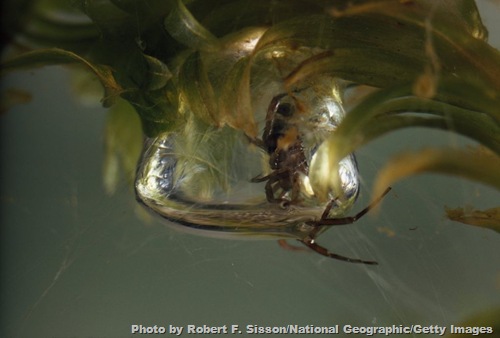
Juga dipanggil labah-labah air,
Argyroneta Aquatica adalah labah-labah yang hanya di DUNIA yang berkesan boleh
hidup dalam air. Arachnids menggunakan web seperti gelembung perangkap oksigen
supaya mereka boleh hidup dalam air untuk tempoh masa yang panjang, penyelidik
mengatakan menyelam labah-labah loceng hanya perlu tampil untuk udara sekali
sehari. Labah-labah yang tinggal di kolam dan sungai di Eropah dan Asia, tetapi
semakin lebih sukar untuk mencari.
Also called the water spider, Argyroneta aquatica is the only spider in the world that can effectively live underwater. The arachnids use a bubble-like web that traps oxygen so they can survive underwater for long periods of time; researchers say the diving bell spider only needs to come up for air once a day. The spiders reside in ponds and streams in Europe and Asia, but are becoming increasingly more difficult to find.
Also called the water spider, Argyroneta aquatica is the only spider in the world that can effectively live underwater. The arachnids use a bubble-like web that traps oxygen so they can survive underwater for long periods of time; researchers say the diving bell spider only needs to come up for air once a day. The spiders reside in ponds and streams in Europe and Asia, but are becoming increasingly more difficult to find.
H a g f I s h . . .
Hagfish mempunyai mekanisme
pertahanan yang luar biasa. Belut seperti haiwan marin mempunyai keupayaan
tercekik pemangsa dengan lendir berbahaya. Dalam video air ditangkap tahun
lepas, hagfish melepaskan lendir ini dalam mulut ikan lain, membenarkan hagfish
selamat berenang jauh manakala pemangsa terganggu.
The hagfish has an unusual defense mechanism. The eel-like marine animal has the ability to choke its predators with a hazardous slime. In an underwater video captured last year, the hagfish releases this slime in another fish's mouth, allowing the hagfish to safely swim away while the predator is distracted.
The hagfish has an unusual defense mechanism. The eel-like marine animal has the ability to choke its predators with a hazardous slime. In an underwater video captured last year, the hagfish releases this slime in another fish's mouth, allowing the hagfish to safely swim away while the predator is distracted.
Plumed Basilisk . . .
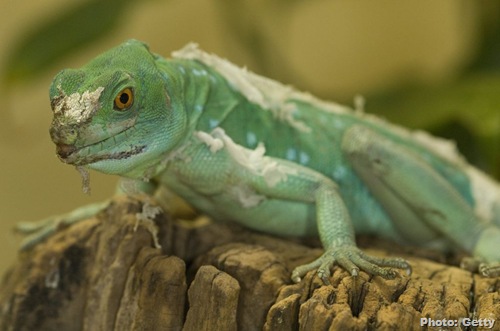
Digelar 'Cicak Isa' untuk
keupayaan untuk berjalan di atas air, Basilik Plumed boleh berjalan merentasi
permukaan air di atas kaki belakang. Walaupun ia hanya boleh berjalan untuk
jarak yang pendek, cicak itu adalah juga merupakan perenang yang cemerlang dan
mempunyai keupayaan untuk kekal di bawah air sehingga 30 minit.
Dubbed the 'Jesus lizard' for its ability to walk on water, the Plumed basilisk can run across the surface of water on its hind legs. Although it can only run for a short distance, the lizard is also an excellent swimmer and has the ability to stay underwater for up to 30 minutes.
Dubbed the 'Jesus lizard' for its ability to walk on water, the Plumed basilisk can run across the surface of water on its hind legs. Although it can only run for a short distance, the lizard is also an excellent swimmer and has the ability to stay underwater for up to 30 minutes.
Mimic Octopus . . .
Mimicus Thaumoctopus, biasanya
dikenali sebagai sotong yang meniru, tuan menyamar. Spesies, ditemui di luar
pantai Indonesia pada tahun 1998, boleh mengambil ciri-ciri lebih daripada 15
jenis hidupan laut. Keupayaan khas membolehkan sotong untuk bertindak seperti
spesies yang lain dalam usaha penyamaran dirinya atau menghindari pemangsa
berbahaya yang sebaliknya akan melihat sotong itu sebagai mangsa.
Thaumoctopus mimicus, commonly known as the mimic octopus, is a master of disguise. The species, discovered off the coast of Indonesia in 1998, can take on the characteristics of more than 15 different types of marine life. The special ability enables the octopus to act like another species in order to camouflage itself or ward off dangerous predators that would otherwise see the octopus as prey.
(Sumber/Source: Huffington Post. Edited).
Related Posts:
1. 7 Absolutely Insane Animal Defense Mechanisms
2. 12 World's Weirdest Creatures
Thaumoctopus mimicus, commonly known as the mimic octopus, is a master of disguise. The species, discovered off the coast of Indonesia in 1998, can take on the characteristics of more than 15 different types of marine life. The special ability enables the octopus to act like another species in order to camouflage itself or ward off dangerous predators that would otherwise see the octopus as prey.
(Sumber/Source: Huffington Post. Edited).
Related Posts:
1. 7 Absolutely Insane Animal Defense Mechanisms
2. 12 World's Weirdest Creatures
APPLE ‘NEW & Refurbished’ . . .
REVIEW 1WC’sChannel 2012 -2013 ‘APPLE’ . . .
Pernah iri hati kawan Air super-tipis Macbook tetapi tidak mahu keluar wang tunai yang diperlukan untuk membeli satu? Nah, sekarang mungkin menjadi masa menimbangkan untuk mengambil terjun, sebagai laporan 9to5Mac bahawa Apple (AAPL) telah mengambil satu kapak yang besar kepada harga model Macbook 2010 di udara dan adalah menjual sebuah diubahsuai 11,6 inci, udara 64GB untuk hanya US $ 679, harga dipotong US $ 220. Telah diubahsuai 11,6-inci, 128GB Udara telah melihat diskaun yang lebih besar dan kini menjual untuk US $ 719, harga dipotong US $ 380. Sebagai 9to5Mac berkata, walaupun, pembeli yang berminat perlu bertindak pantas sejak komputer diskaun jarang tinggal di stok lama.
APPLE REFURBISHED MACBOOK AIRS
EARLY 64-BIT MACBOOK PROS, AIRS GET SHAFTED ON OS X MOUNTAIN LION UPGRADE
Penerima awal produk Mac,
menyediakan untuk mendapatkan aci. Per Ars Technica, Apple telah mengeluarkan
keperluan sistem untuk mesin yang layak OS X Mountain Lion peningkatan dan
telah mendedahkan bahawa pra-2007 iMacs, pra-2008 Mac Pro, MacBook menyiarkan
dikeluarkan pada separuh pertama 2008 dan MacBook Pro dibebaskan sebelum
pertengahan-2007 tiada membuat memotong.
Apple telah mencatatkan lengkap bagaimana-untuk membimbing di laman webnya untuk sesiapa sahaja dengan komputer yang layak yang mahu menaik taraf kepada OS X Mountain Lion.
Early adopters of Mac products, prepare to get the shaft. Per Ars Technica, Apple has released system requirements for machines eligible OS X Mountain Lion upgrades and has revealed that pre-2007 iMacs, pre-2008 Mac Pros, MacBook Airs released in the first half of 2008 and MacBook Pros released before mid-2007 haven’t made the cut.
Apple has posted a complete how-to guide on its website for anyone with an eligible computer who wants to upgrade to OS X Mountain Lion.
Apple telah mencatatkan lengkap bagaimana-untuk membimbing di laman webnya untuk sesiapa sahaja dengan komputer yang layak yang mahu menaik taraf kepada OS X Mountain Lion.
Early adopters of Mac products, prepare to get the shaft. Per Ars Technica, Apple has released system requirements for machines eligible OS X Mountain Lion upgrades and has revealed that pre-2007 iMacs, pre-2008 Mac Pros, MacBook Airs released in the first half of 2008 and MacBook Pros released before mid-2007 haven’t made the cut.
Apple has posted a complete how-to guide on its website for anyone with an eligible computer who wants to upgrade to OS X Mountain Lion.
APPLE SAID TO BE PREPPING $799 MACBOOK AIR
Walaupun berkuasa Windows
"ultrabooks" mempunyai lagi untuk benar-benar membuat percikan di
pasaran, Apple dilaporkan mempertimbangkan satu langkah yang boleh mengehadkan
lagi rayuan mereka sebagai vendor menyediakan gelombang model ke-2 ultrabook
yang kurang mahal. Memetik sumber tidak dinamakan dalam rantaian bekalan Apple,
Digitimes pada hari Isnin melaporkan bahawa Apple baru bersedia peringkat
kemasukan model MacBook Air yang boleh dilancarkan pada suku ke-3 tahun ini.
Butiran yang sangat terhad, walaupun ia adalah dianggap bahawa notebook akan menjadi satu dikemaskini 11 inci model yang boleh melancarkan sekitar masa yang sama sebagai Apple baru 13 - dan 15-inci MacBook Pro model, yang telah dijangka untuk menjadi disediakan sedikit masa musim panas ini . Apple boleh mendedahkan model baru semasa Persidangan Pemaju tahunan Worldwide, yang bermula pada 11 Jun.
While Windows-powered “ultrabooks” have yet to really make a splash in the market, Apple is reportedly considering a move that could further limit their appeal as vendors prepare a second wave of less expensive ultrabook models. Citing unnamed sources within Apple’s supply chain, Digitimes on Monday reported that Apple is readying a new entry-level MacBook Air model that could launch in the third quarter this year.
Details are extremely limited, though it is presumed that the notebook will be an updated 11-inch model that could launch around the same time as Apple’s new 13- and 15-inch MacBook Pro models, which are expected to become available some time this summer. Apple may reveal the new model during its annual Worldwide Developer Conference, which begins on June 11th.
Butiran yang sangat terhad, walaupun ia adalah dianggap bahawa notebook akan menjadi satu dikemaskini 11 inci model yang boleh melancarkan sekitar masa yang sama sebagai Apple baru 13 - dan 15-inci MacBook Pro model, yang telah dijangka untuk menjadi disediakan sedikit masa musim panas ini . Apple boleh mendedahkan model baru semasa Persidangan Pemaju tahunan Worldwide, yang bermula pada 11 Jun.
While Windows-powered “ultrabooks” have yet to really make a splash in the market, Apple is reportedly considering a move that could further limit their appeal as vendors prepare a second wave of less expensive ultrabook models. Citing unnamed sources within Apple’s supply chain, Digitimes on Monday reported that Apple is readying a new entry-level MacBook Air model that could launch in the third quarter this year.
Details are extremely limited, though it is presumed that the notebook will be an updated 11-inch model that could launch around the same time as Apple’s new 13- and 15-inch MacBook Pro models, which are expected to become available some time this summer. Apple may reveal the new model during its annual Worldwide Developer Conference, which begins on June 11th.












